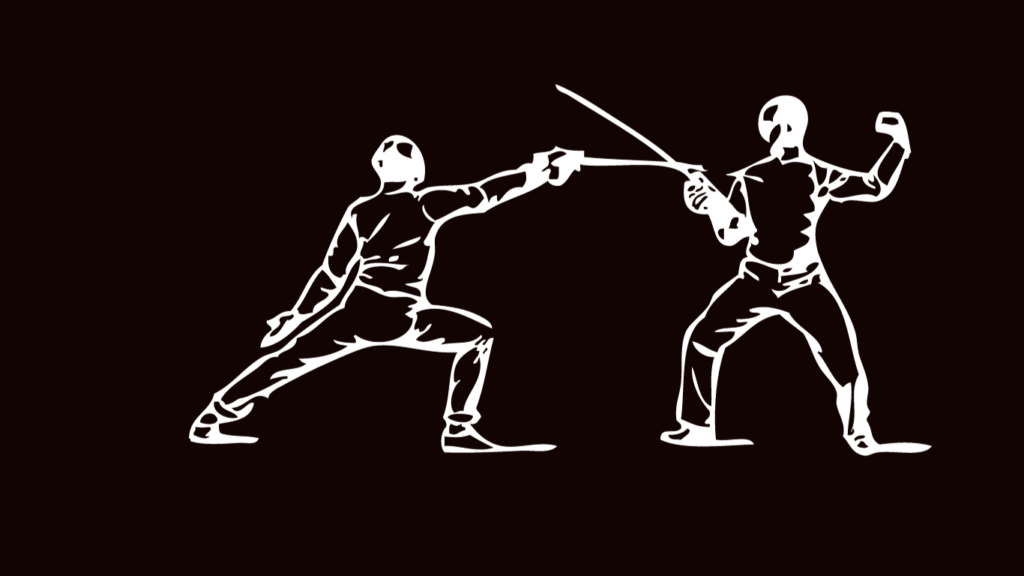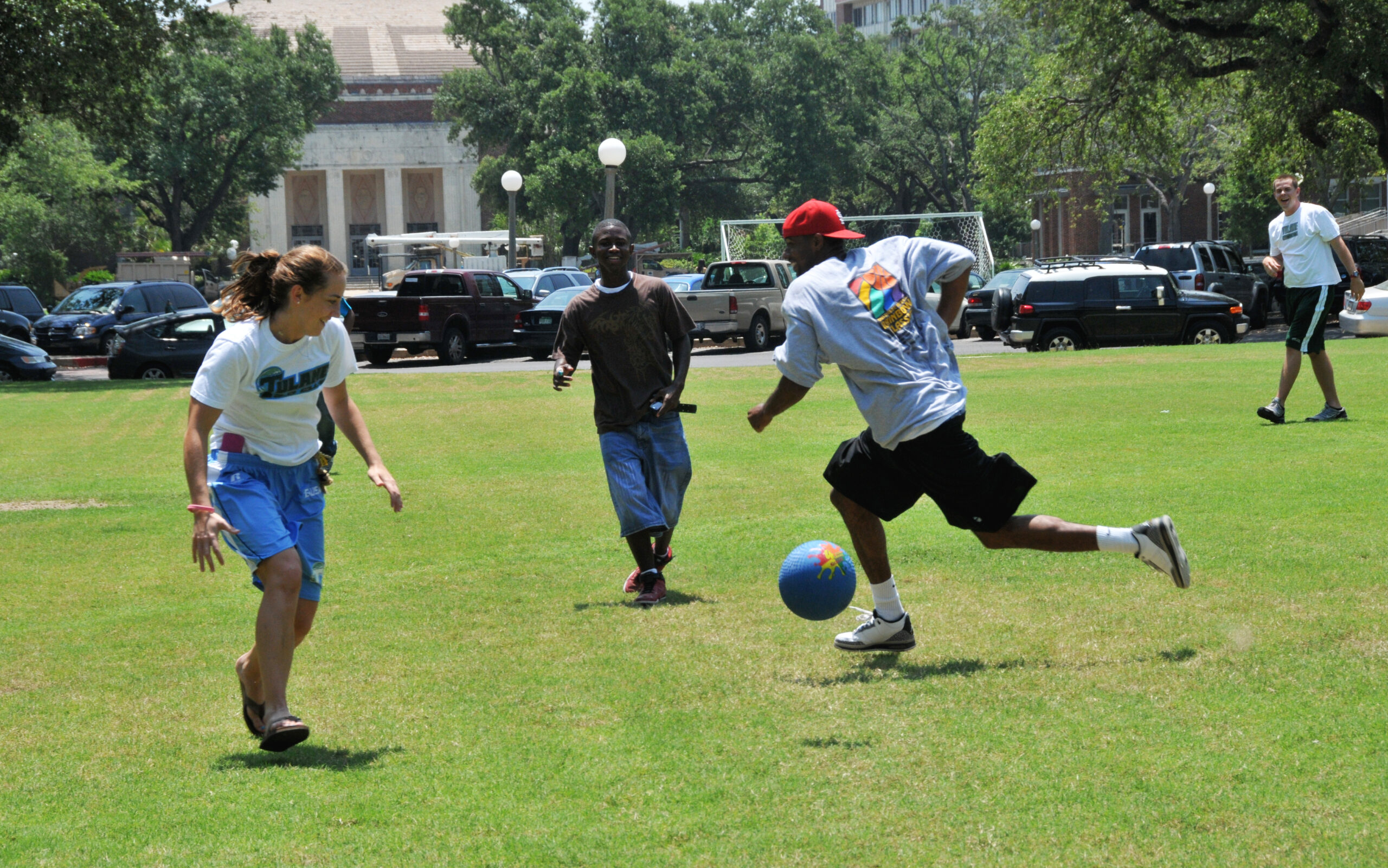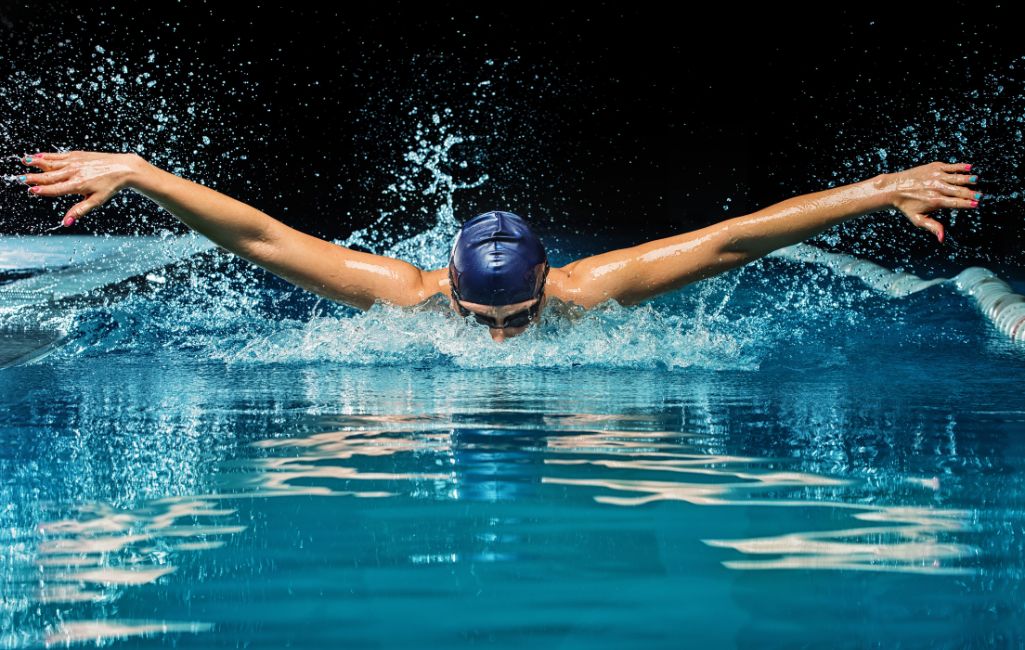Is Fencing Dangerous? Unveiling the Hidden Risks and How to Stay Safe
Fencing can be dangerous, with the potential for injuries due to the use of sharp weapons and high-intensity movements. Fencing involves the use of weapons and vigorous physical exertion, which can lead to accidents and injuries.
Despite the risks, proper training, safety measures, and protective gear can minimize the danger associated with this sport. Furthermore, the competitive nature of fencing also adds an element of thrill and excitement, attracting individuals who enjoy challenging themselves physically and mentally.
Overall, while fencing does come with inherent risks, with proper precautions and training, it can be a safe and enjoyable sport for those who participate.

Credit: www.penncapital-star.com
Understanding The Risks Involved
Fencing may pose certain risks, but understanding the safety precautions and rules involved can help minimize any potential danger. By being aware of the proper techniques and equipment, participants can enjoy the sport while keeping themselves protected.
Fencing is an exhilarating sport that requires agility, precision, and strategic thinking. Like any physical activity, there are inherent risks involved. In this section, we will explore the common injuries in fencing, examine the physical demands of the sport, and identify potential dangers in different fencing styles.
Unveiling The Common Injuries In Fencing:
- Bruises: Fencers commonly experience bruises due to contact with their opponent’s weapon or the fencing jacket.
- Sprains and strains: Quick movements and sudden changes in direction can put strain on muscles and joints, leading to sprains and strains.
- Broken bones: Although rare, fencing can result in broken bones, particularly in the hands and wrists, due to the forceful impact of a weapon.
Examining The Physical Demands Of The Sport:
- Endurance: Fencing requires cardiovascular endurance to maintain energy throughout matches that can last several minutes.
- Speed and agility: Fencers must possess quick reflexes and the ability to swiftly change direction while maintaining balance.
- Core strength: A strong core is essential to maintain stability and execute precise movements during bouts.
Identifying Potential Dangers In Different Fencing Styles:
- Foil fencing: The weapon used in foil fencing is designed for thrusting, posing a risk of accidental puncture wounds if proper precautions are not taken.
- Epee fencing: Epee fencing allows for full-body targeting, increasing the chances of accidental hits to sensitive areas such as the face and neck.
- Sabre fencing: Sabre fencing involves fast-paced, aggressive movements, increasing the risk of collisions and accidental injuries.
Fencing, like any sport, carries inherent risks. It is crucial for fencers to be aware of common injuries, understand the physical demands of the sport, and recognize potential dangers associated with different fencing styles. By taking proper precautions and training under the guidance of experienced coaches, fencers can minimize the risks involved and fully enjoy the excitement of this thrilling sport.
Mitigating The Risks
Fencing can pose certain risks. However, by implementing appropriate safety measures, such as using protective gear and ensuring proper training, the dangers can be mitigated to create a safer fencing experience.
When it comes to participating in any physical activity, safety should always be a top priority. Fencing, although a thrilling sport, does come with its own set of risks. However, by taking certain precautions, these risks can be effectively mitigated.
In this section, we will explore the importance of proper fencing equipment, techniques to prevent injuries during training, and the utilization of protective gear.
Importance Of Proper Fencing Equipment:
- Choosing the right fencing weapon: Each weapon has its own characteristics and level of risk. It is crucial to select a weapon that suits your skill level and provides the necessary protection.
- Fencing mask: This essential piece of equipment protects your face and eyes from potential injuries caused by direct hits. It is vital to ensure the mask fits snugly and has a secure fastening system.
- Protective clothing: Fencing jackets, plastrons, and gloves are designed to provide a layer of protection against the force of impact. They should fit properly to offer maximum coverage and safety.
- Inspecting equipment regularly: Regularly checking equipment for damage, such as bent blades or broken mask straps, is essential for reducing the risk of accidents.
Techniques To Prevent Injuries During Training:
- Warm-up exercises: Engaging in proper warm-up exercises before training helps to increase blood flow to the muscles, reducing the risk of strains and sprains.
- Controlled footwork and movements: Maintaining control over footwork and movements during training sessions minimizes the risk of collisions with opponents or accidental trips and falls.
- Practicing proper fencing technique: Learning and consistently practicing correct fencing techniques are essential for preventing injuries caused by excessive force or incorrect form.
- Supervised training sessions: Training under the guidance of a qualified fencing coach ensures that proper form and safety protocols are followed, reducing the likelihood of injuries.
- Safety distance: Maintaining a safe distance from opponents during practice sessions is crucial to avoid accidental and potentially dangerous clashes.
Utilizing Protective Gear To Minimize Risks:
- Fencing gloves: These specialized gloves provide hand protection and enhance grip, reducing the risk of blisters and cuts.
- Protective padding: Additional padding, such as forearm and chest protectors, helps absorb impacts and minimize injuries during bouts.
- Knee and shin guards: These guards provide added protection to the lower limbs, reducing the risk of contusions or fractures.
- Safety straps and fastenings: Ensuring that all protective gear is secure and properly fastened ensures maximum effectiveness during training or competition.
- Regular gear maintenance: Regularly inspecting and maintaining protective gear guarantees that it remains in good condition and provides adequate protection when needed.
By prioritizing the use of proper fencing equipment, implementing safe training techniques, and utilizing protective gear, fencers can significantly mitigate the risks associated with this captivating sport. Remember, safety is paramount in enjoying the thrill of fencing while minimizing the potential for injuries.
Ensuring Safety In Fencing
Discover how to ensure safety in fencing and address the question of whether or not fencing is dangerous. Unveil effective measures that can be taken to minimize risks and create a secure environment for fencing activities.

Guidelines For Safe Fencing Practices:
- Adhere to proper form and technique during fencing sessions to minimize the risk of injuries:
- Maintain a balanced stance, with knees slightly bent for stability.
- Keep your non-dominant hand behind your back, avoiding unnecessary movements.
- Ensure proper positioning of the mask, glove, and jacket for adequate protection.
- Maintain good posture and body alignment to prevent strain on muscles and joints.
- Establish clear rules and codes of conduct for fencers to follow:
- Emphasize the importance of respect, sportsmanship, and fair play.
- Encourage fencers to communicate and discuss their boundaries and limitations.
- Set guidelines for using appropriate force and avoiding intentional harm.
- Prohibit dangerous or reckless behavior that may endanger others.
- Provide thorough warm-up and cool-down routines for fencers:
- Incorporate dynamic stretching exercises to increase flexibility and mobility.
- Include cardiovascular activities to raise heart rate and warm up muscles.
- Promote static stretching to improve range of motion and prevent muscle tightness.
- Guide fencers in proper breathing techniques to enhance performance and reduce stress.
Maintaining A Safe Fencing Environment:
- Regularly inspect fencing equipment for signs of wear and tear:
- Check for loose wires, broken foils, or frayed cables that could cause injuries.
- Ensure that masks, jackets, gloves, and other protective gear are in good condition.
- Repair or replace defective equipment promptly to maintain safety standards.
- Keep the fencing area clean and free from obstructions:
- Remove any debris, including tape, loose flooring, or cords that could trip fencers.
- Clear the space from unnecessary equipment or objects that may pose risks.
- Provide sufficient lighting in the fencing area to improve visibility and prevent accidents.
- Implement safety measures during training and competitions:
- Assign qualified personnel to supervise and provide first aid if needed.
- Establish emergency protocols and ensure everyone is aware of the procedures.
- Encourage fencers to report any concerns or hazards they notice.
- Regularly educate and train coaches, staff, and participants on safety practices.
Tips For Fencing Coaches On Risk Management:
- Conduct thorough risk assessments of the fencing facility and equipment:
- Identify potential hazards and take necessary steps to minimize risks.
- Regularly evaluate the fencing area for compliance with safety regulations.
- Stay updated on industry standards and guidelines for safe fencing practices.
- Implement appropriate safety measures based on the skill level and age of fencers:
- Provide extra supervision and support for beginners and younger fencers.
- Adjust training intensity and difficulty levels to match individual capabilities.
- Promote progressive learning to prevent overexertion and avoidable injuries.
- Establish an open line of communication with fencers and their parents/guardians:
- Listen to any concerns and address them promptly and effectively.
- Encourage a supportive environment where fencers feel comfortable speaking up.
- Maintain documentation of injuries and incidents to track patterns and implement improvements.
- Encourage ongoing education and training for coaches:
- Attend workshops, conferences, and seminars to stay informed about safety practices.
- Continuously update coaching techniques and strategies to prioritize safety.
- Promote collaboration and knowledge-sharing among coaches to enhance risk management skills.
By following these guidelines and maintaining a safe fencing environment, coaches, fencers, and any involved parties can enjoy the sport while minimizing the risk of injuries. Being proactive in risk management contributes to a positive and secure fencing experience for all participants.
Frequently Asked Questions For Is Fencing Dangerous
What Are The Risks Of Fencing?
Fencing carries certain risks. Accidental injury is common due to sharp edges and possible falls. Improper technique or lack of protective gear can result in cuts, bruises, or even fractures. Fencing also poses a risk of eye injuries from flying debris.
Moreover, without proper supervision, fencing can lead to serious accidents. It is crucial to follow safety guidelines such as wearing protective gear and receiving professional training. Regular maintenance of fencing equipment is also essential to prevent accidents. Awareness of surroundings and caution while handling sharp objects can help minimize risks associated with fencing.
By taking necessary precautions, the risks can be mitigated, ensuring a safe and enjoyable fencing experience.
Do People Get Hurt In Fencing?
In fencing, people can get hurt. Fencing involves using sharp weapons and fast movements, which can lead to injuries. However, injuries in fencing are generally infrequent and minor. Fencers wear protective clothing and masks to minimize the risk of injury.
They also follow strict safety rules and techniques to ensure the sport is as safe as possible. Injuries in fencing typically include bruises, scrapes, and occasional sprains. More serious injuries are rare but can include strained muscles or dislocated joints.
Overall, while there is a possibility of getting hurt in fencing, the sport is considered relatively safe when proper precautions are taken.
What Is The Injury Rate In Fencing?
The injury rate in fencing is relatively low, making it a relatively safe sport. In a study conducted by the National Electronic Injury Surveillance System (NEISS) between 2008 and 2017, it was found that the average annual injury rate for fencing was 9.
2 injuries per 100,000 participants. This rate is significantly lower compared to other sports such as soccer or basketball. Most injuries in fencing are minor, including cuts and bruises, with more severe injuries being rare. It is important to note that proper safety equipment, such as masks, jackets, and gloves, are used in fencing to minimize the risk of injury.
Additionally, athletes receive training in proper technique and rules to further reduce the chances of injury. With these measures in place, the overall injury rate in fencing remains low and does not pose a major cause for concern for participants.
Conclusion
While fencing can be a physically demanding and competitive sport, it is not inherently dangerous. Like any sport or physical activity, there are risks involved, but these risks can be minimized through proper training, equipment, and supervision. Fencing provides numerous benefits, both physical and mental, including improved coordination, strength, and strategic thinking.
As a sport that emphasizes discipline and sportsmanship, fencing teaches athletes to respect their opponents and to control their movements with precision. With proper precautions and adherence to safety guidelines, the risk of injury in fencing can be significantly reduced.
So, if you are considering taking up fencing, do not let safety concerns discourage you. Instead, embrace the opportunity to challenge yourself and experience the thrill of this unique and historical sport.



